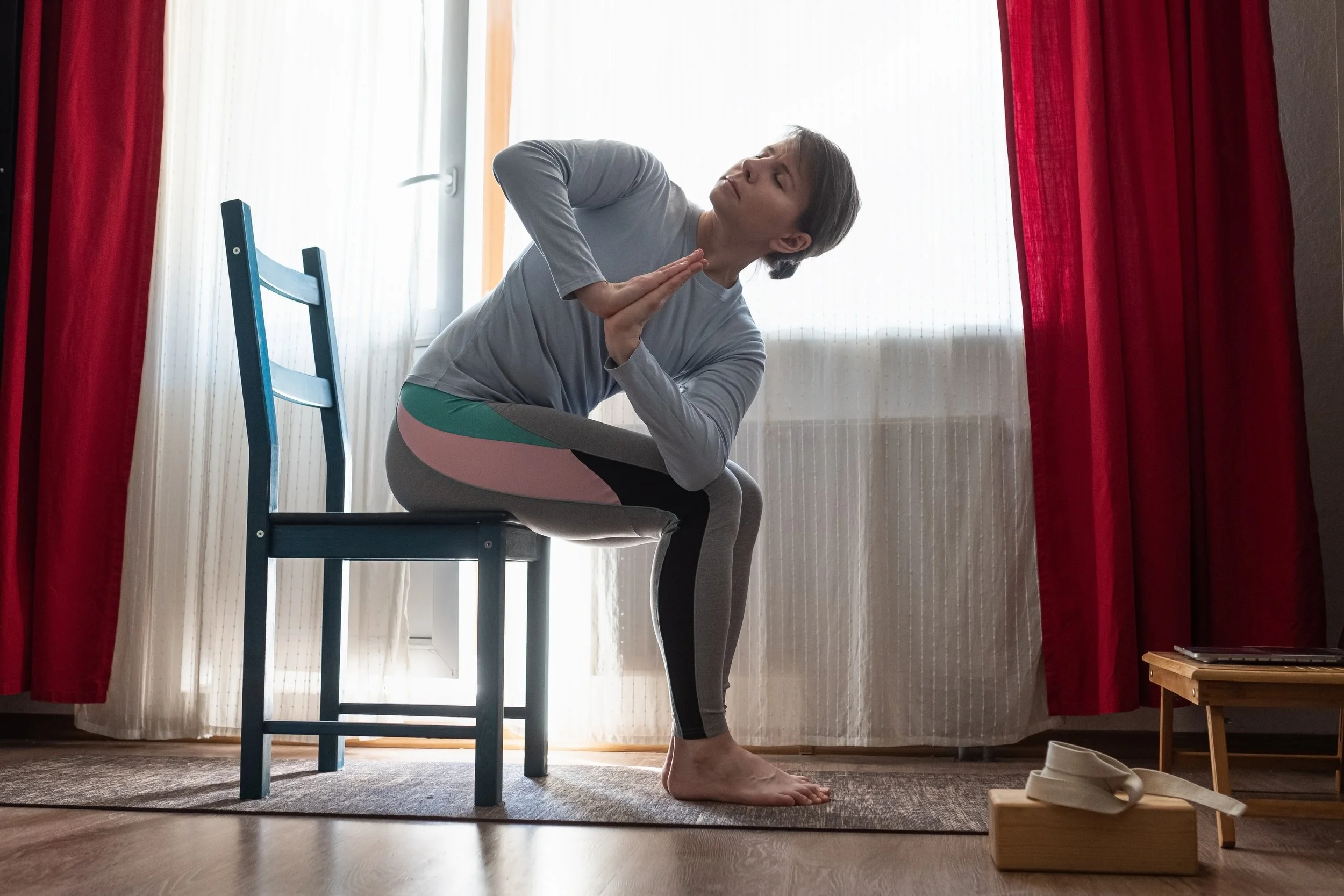Trauma-Sensitive Yoga
TCTSY has foundations in trauma theory, attachment theory, neuroscience, and hatha yoga, with an emphasis on body-based yoga forms and breathing practices.
What is TCTSY?
TCTSY is the first yoga-based empirically validated, clinical intervention for complex trauma or chronic, treatment-resistant post-traumatic stress disorder (PTSD).
The TCTSY methodology is based on central components of the hatha style of yoga, where participants engage in a series of physical forms and movements. Elements of standard hatha yoga are modified to maximize experiences of empowerment and to cultivate a more positive relationship to one's body.
Unlike many public yoga classes, TCTSY does not use physical hands-on adjustments to influence a participant's physical form. Rather, TCTSY presents opportunities for participants to be in charge of themselves based on a felt sense of their own body.
Although TCTSY employs physical forms and movements, the emphasis is not on the external expression or appearance (i.e. doing it “right"), or receiving the approval of an external authority. Rather, the focus is on the internal experience of the participant.
This shift in orientation, from the external to the internal, is a key attribute of TCTSY as a treatment for complex trauma and PTSD. With this approach, the power resides within the individual, not the TCTSY facilitator. Further, by focusing on the felt sense of the body to inform choice-making, TCTSY allows participants to restore their connection of mind and body and cultivate a sense of agency that is often compromised as a result of trauma.
Incorporating TCTSY in Therapy
I use TCTSY as a modality or approach for treating trauma in online therapy.
This might look like the following:
Spending a full 50-minute session practicing TCTSY
Practicing TCTSY at the beginning or end of a traditional talk therapy session
Exploring TCTSY practices throughout a traditional talk therapy session
Please note: I currently only offer TCTSY to residents of OH and FL, where I am licensed to practice therapy.



